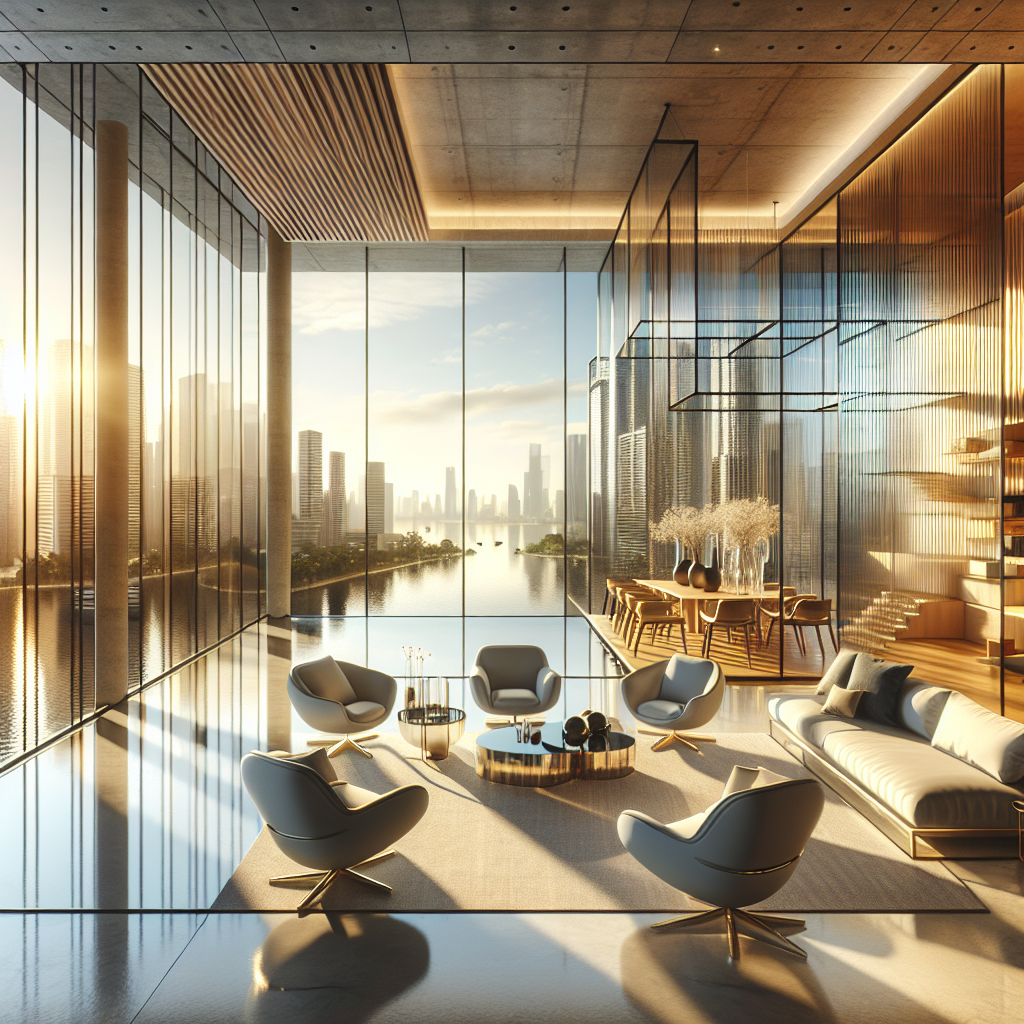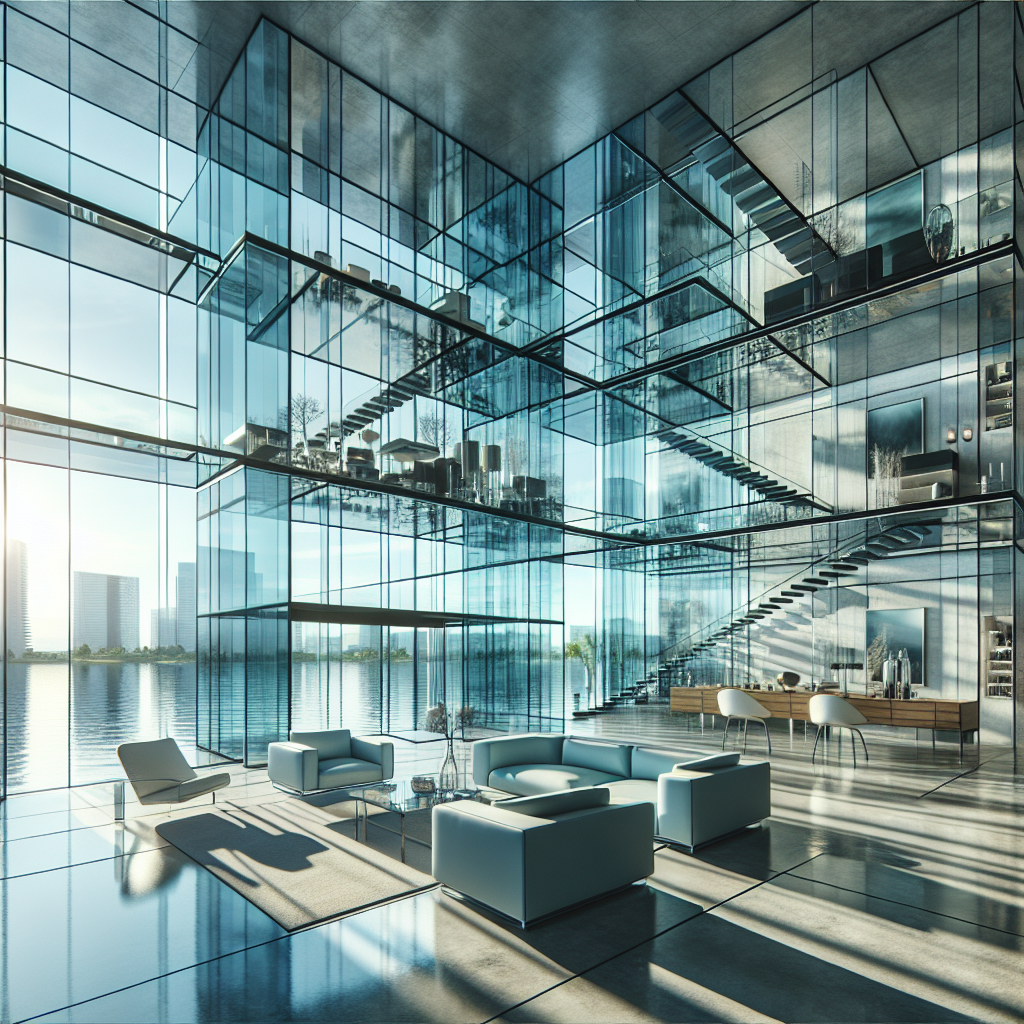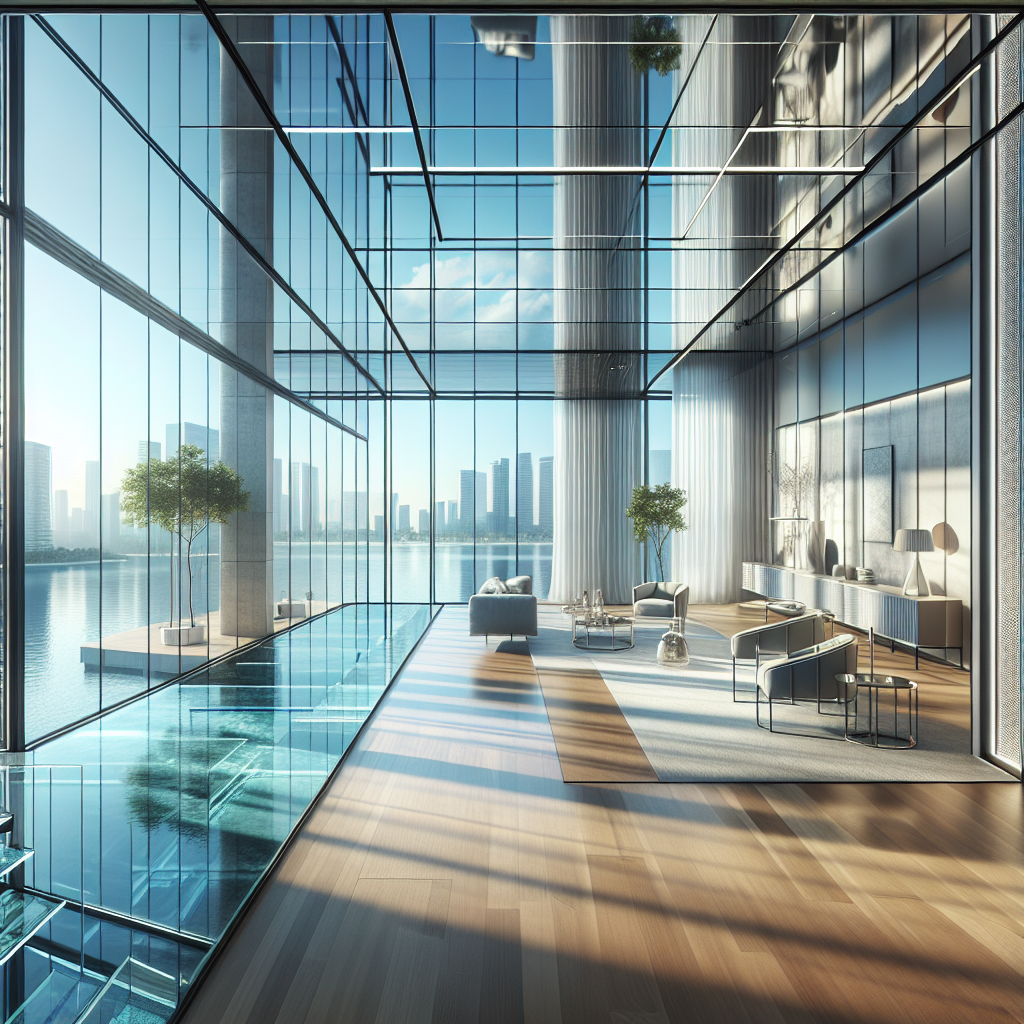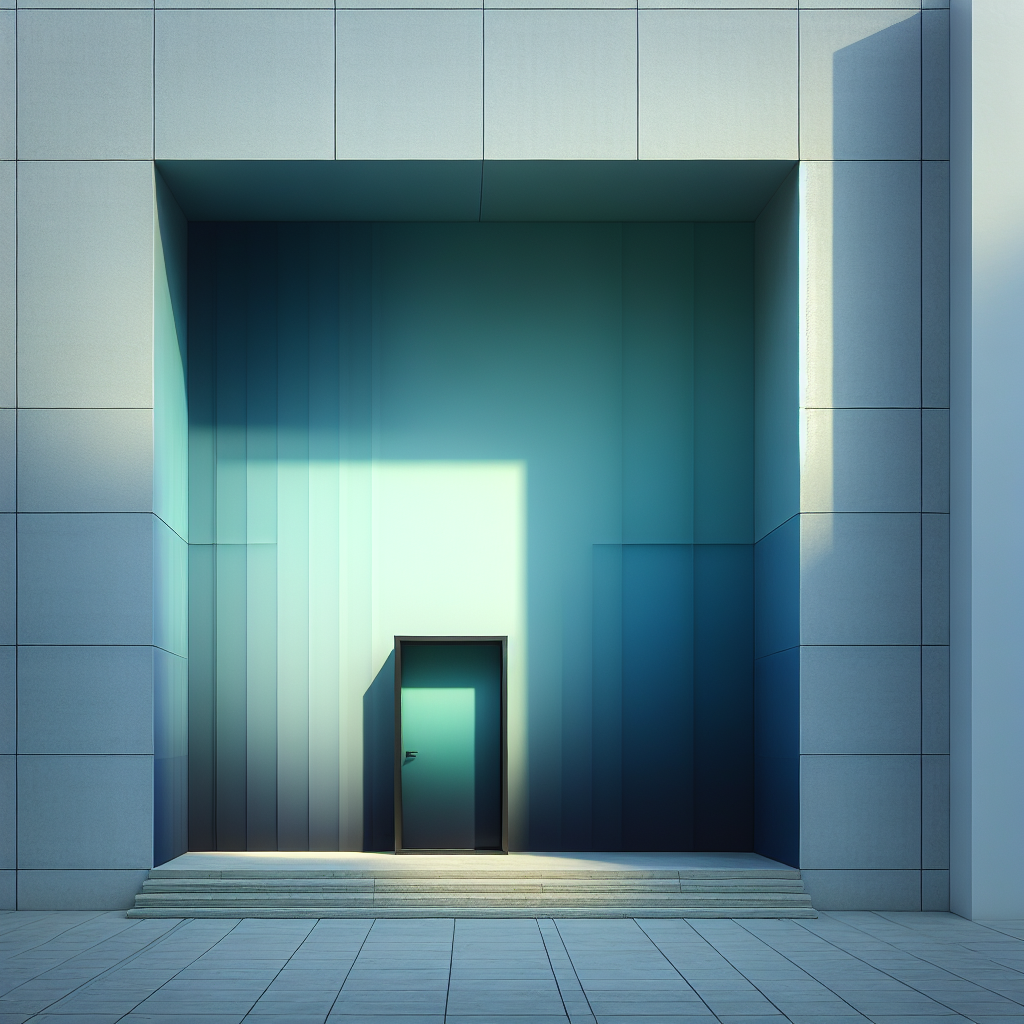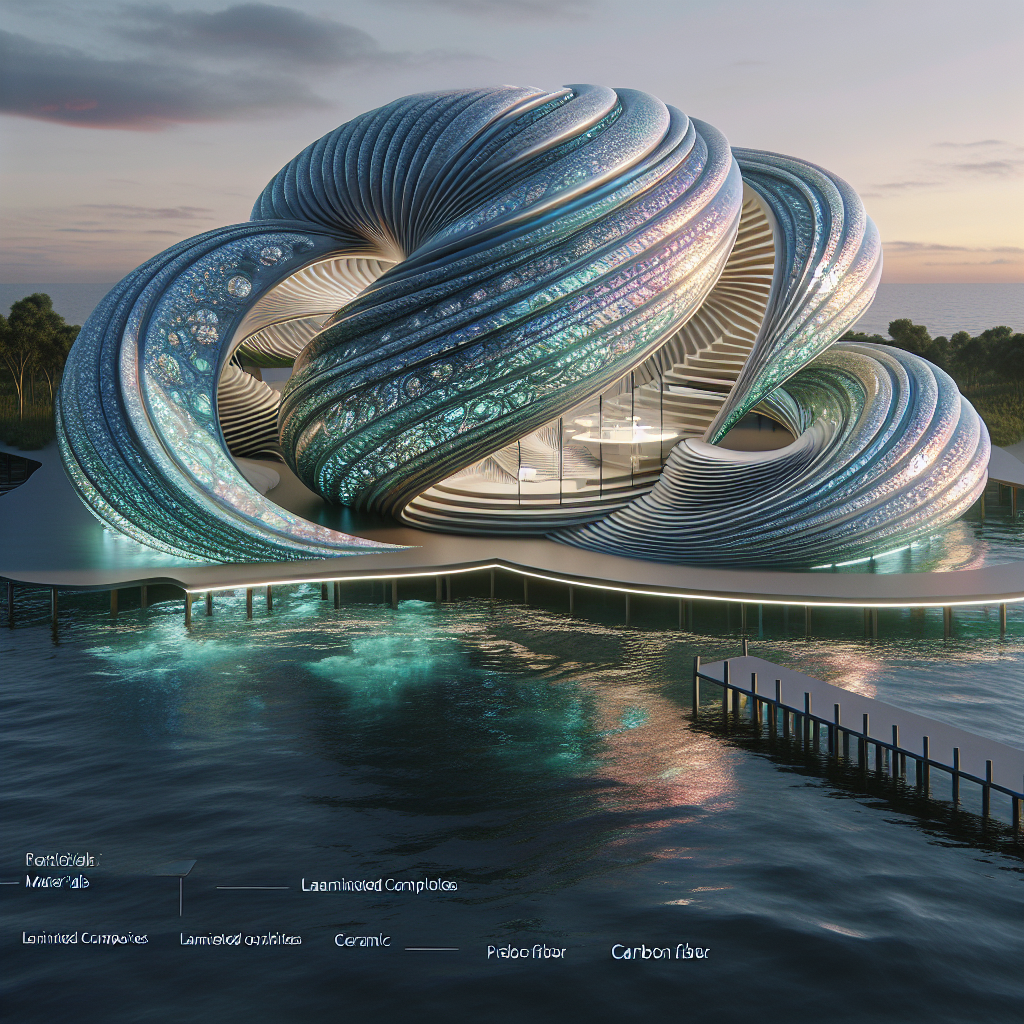Smart windows with: liquid crystal privacy at the flick of a switch
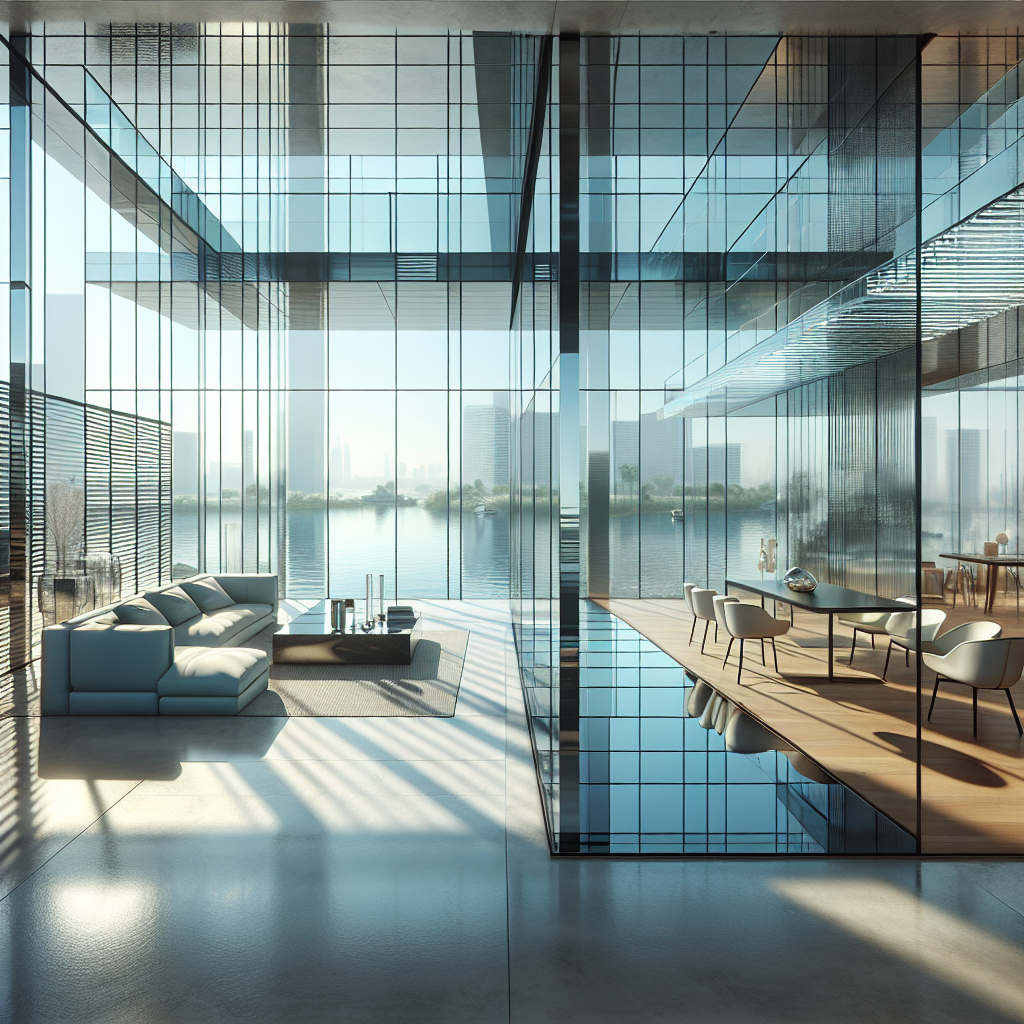
Smart Windows with Liquid Crystal Privacy: Transparency and Control at the Flick of a Switch
In the evolving dialogue between architecture and technology, smart windows have emerged as one of the most transformative innovations of the decade. Once a futuristic concept reserved for sci-fi films and experimental prototypes, these dynamic glazing systems—powered by liquid crystal technology—are now reshaping how architects and designers think about light, privacy, and spatial fluidity. With a simple flick of a switch, a transparent pane can turn opaque, redefining the boundaries between openness and seclusion. This seamless transition not only enhances comfort and aesthetics but also signals a profound shift in how we inhabit and experience built environments.
The Science Behind the Switch
At the heart of this innovation lies liquid crystal technology, a principle long used in digital displays. In smart windows, a thin film of liquid crystal molecules is sandwiched between two layers of conductive glass. When an electric current passes through, the molecules align, allowing light to pass freely and rendering the glass transparent. When the current is cut, the molecules scatter light, creating an opaque or frosted effect. This instant transformation—often referred to as electrochromic or switchable glass—provides users with precise control over visibility, glare, and privacy.
Unlike traditional blinds or curtains, which physically obstruct light, liquid crystal smart windows modulate it at a molecular level. The result is a clean, minimalist aesthetic that aligns perfectly with the contemporary architectural language of transparency, fluidity, and adaptive design.
Design Freedom Meets Technological Precision
For architects and interior designers, the appeal of smart windows extends far beyond novelty. They offer a new kind of design freedom—a capacity to choreograph light and privacy dynamically, without compromising form. Imagine a glass-walled conference room that becomes instantly private during a meeting, or a penthouse bathroom that shifts from clear to opaque at the touch of a button. The architectural possibilities are as functional as they are poetic.
In residential contexts, smart windows are increasingly integrated into smart home ecosystems, responding automatically to environmental cues such as sunlight intensity or occupancy. In commercial and hospitality settings, they contribute to energy efficiency by reducing reliance on artificial lighting and minimizing heat gain. According to a 2024 report by Grand View Research, the global smart glass market is projected to exceed USD 12 billion by 2030, driven largely by demand in sustainable architecture and high-end interiors.
From Transparency to Sustainability
Beyond aesthetics, the environmental implications of smart windows are profound. By controlling solar heat gain and optimizing daylight, these systems can significantly reduce energy consumption. A study by the U.S. Department of Energy found that dynamic glazing can cut cooling loads by up to 20% in commercial buildings. This aligns with the broader architectural movement toward net-zero energy design, where every component of a building contributes to sustainability goals.
In climates with intense sunlight, smart windows can automatically adjust to maintain thermal comfort, reducing the need for air conditioning. In colder regions, they can help retain heat, acting as an intelligent thermal barrier. The result is a more responsive, energy-efficient envelope that supports both occupant well-being and environmental stewardship.
Applications Across Sectors
Smart windows are now being specified across a diverse range of projects—from luxury residences and boutique hotels to healthcare facilities and corporate headquarters. In healthcare, for instance, switchable glass partitions are replacing traditional curtains, offering hygienic, easily sanitized privacy solutions. In office environments, they enable flexible spatial configurations, allowing open-plan layouts to transform into enclosed meeting zones in seconds.
Architects like Foster + Partners and Zaha Hadid Architects have explored dynamic glazing in projects that emphasize fluidity and adaptability. The technology’s integration into responsive architecture underscores a broader shift toward buildings that react intelligently to human presence and environmental conditions. This is not just about comfort—it’s about creating spaces that evolve with their users.
Materiality and Aesthetic Integration
One of the most compelling aspects of liquid crystal smart windows is their ability to blend seamlessly into diverse material palettes. Whether paired with concrete, timber, or metal, their sleek, frameless surfaces complement both minimalist and expressive design languages. In interiors, they serve as luminous partitions that dissolve visual boundaries, creating a sense of openness even when privacy is engaged.
Designers are also experimenting with tinted or patterned smart glass, introducing subtle gradients and textures that add depth and character. When activated, these surfaces diffuse light in ways reminiscent of Japanese shoji screens or frosted Venetian glass, creating an interplay of opacity and translucence that feels both modern and timeless.
Challenges and Future Directions
Despite their promise, smart windows are not without challenges. Cost remains a significant barrier, particularly for large-scale installations. Maintenance and durability—especially in humid or high-traffic environments—require careful consideration. Yet, as manufacturing processes mature and demand scales, prices are steadily decreasing. Advances in nanotechnology and conductive polymers are also improving performance, longevity, and color neutrality.
Researchers are exploring hybrid systems that combine photovoltaic and liquid crystal technologies, enabling windows that not only modulate light but also generate energy. Such innovations could redefine the role of glass in architecture—from passive enclosure to active environmental interface.
Case Study: The Adaptive Penthouse
In a recent project overlooking Lake Zurich, Swiss studio Evolution Design integrated liquid crystal smart windows throughout a multi-level penthouse. The glass façade transitions from clear to opaque depending on time of day and user preference, controlled via a smartphone app. During daylight hours, the windows maximize panoramic views and natural illumination; at night, they provide instant privacy without the need for curtains or blinds. The result is a living environment that feels simultaneously open and intimate—a sanctuary of light, reflection, and control.
This project exemplifies how smart glazing can embody the principles of biophilic design, fostering a connection with nature while maintaining comfort and seclusion. The dynamic modulation of light mirrors natural rhythms, enhancing occupants’ circadian well-being and psychological balance.
The Cultural Shift Toward Intelligent Transparency
As cities grow denser and living spaces more compact, the demand for adaptable, multifunctional environments continues to rise. Smart windows respond to this cultural shift by offering a tool for spatial transformation—a way to reconfigure privacy, light, and atmosphere in real time. They represent a convergence of material science, digital control, and human-centered design, aligning with the broader trajectory of AI-driven architecture and responsive environments.
In essence, liquid crystal smart windows embody the spirit of contemporary design: minimalist yet dynamic, sustainable yet sensorial. They invite us to reconsider the role of transparency—not as a static condition, but as a living, mutable quality that can be tuned to our needs and moods.
Redefining the Future of Light
As we move deeper into an era of intelligent architecture, the window—once a simple aperture—has become a sophisticated interface between the human and the environmental. Smart windows with liquid crystal privacy technology are not merely functional upgrades; they are philosophical statements about control, adaptability, and the fluid boundaries of modern life. In their quiet, seamless transitions, they remind us that the future of design lies not in adding complexity, but in refining simplicity—one flick of a switch at a time.
Keywords: smart windows, liquid crystal glass, switchable glass, electrochromic windows, dynamic glazing, privacy glass, sustainable architecture, responsive design
